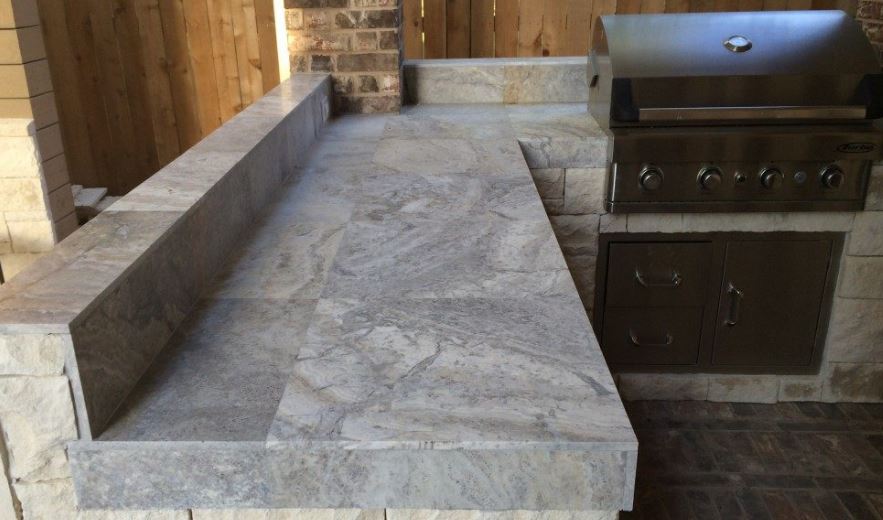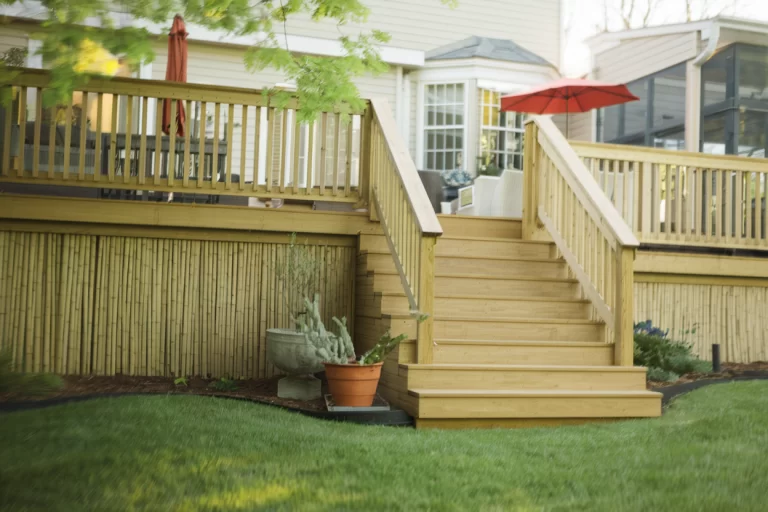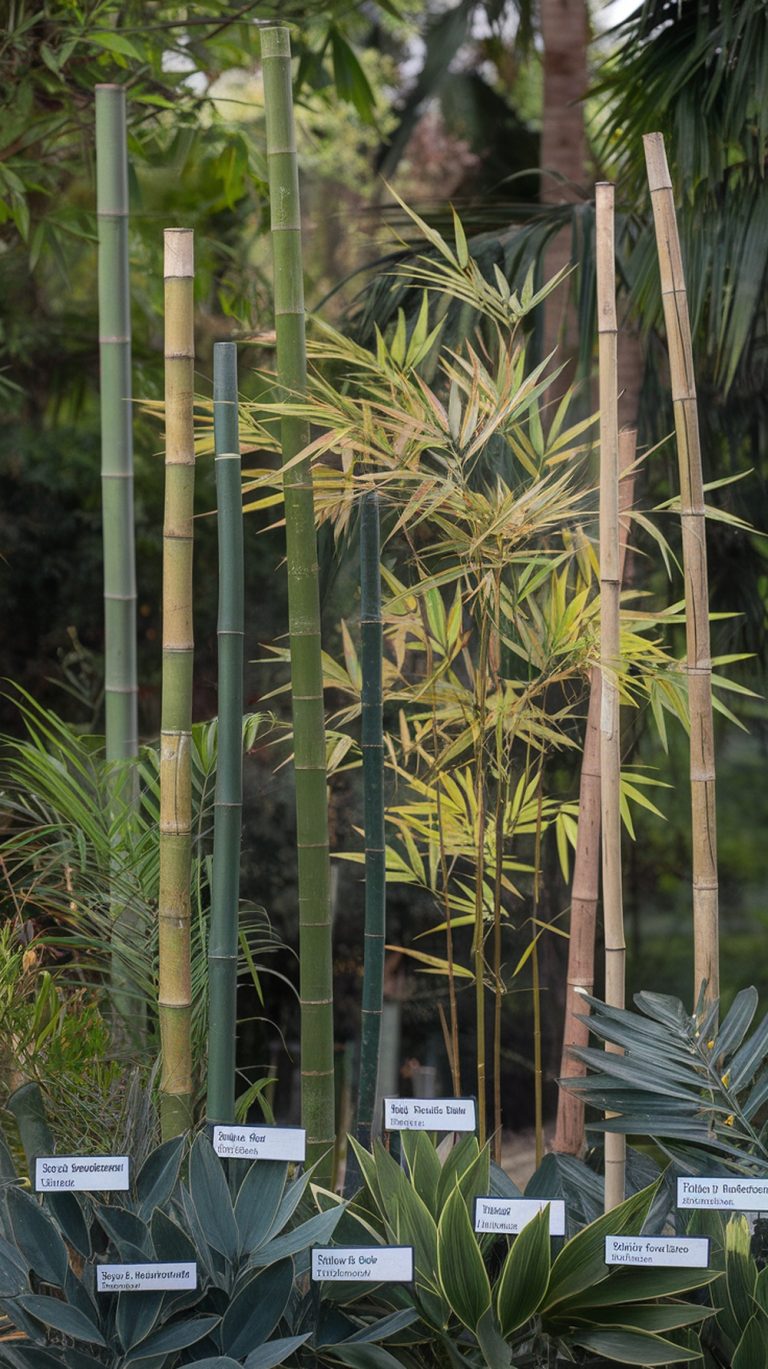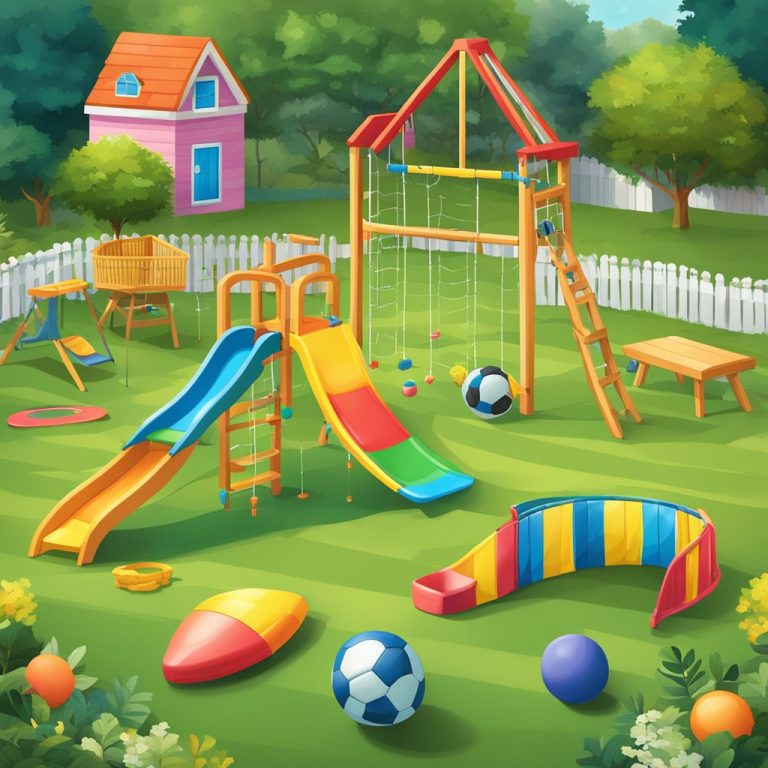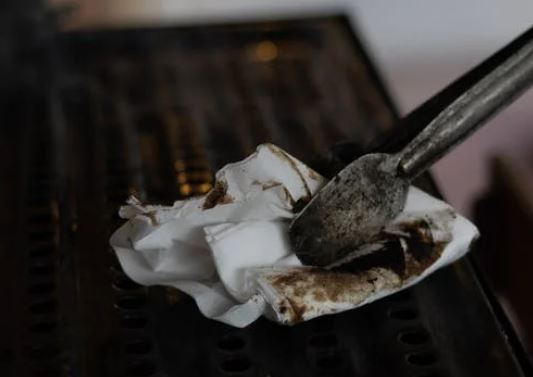What Tile is Best for Outdoor Kitchen Countertops
Criteria for the Best Outdoor Countertop Tile
If you are thinking about tiling your outdoor kitchen countertops, you’re in luck. There are so many choices you can use for tile that you will surely be able to find the right tile, at the right price, to complement the look of your outdoor kitchen color schemes.
Tiling outdoor kitchen countertops can be a DIY endeavor if you’ve already built your frame and cabinetry boxes. If you want the look of slab granite countertops, a marble countertop or other solidsurface material , but don’t have the fabrication equipment or skills, tile may be the answer you are looking for.
Natural stone tiles cost much less than full stone slab countertop material for the same square foot coverage. If you are DIYing your countertop project, you also save on labor, which can be pricey for large outdoor tiling projects.
Features of the Best Tile for Outdoor Countertops
When selecting outdoor countertop tile, there are certain characteristics of tile that make it more suitable for outdoor use. In general, look for tile with these qualities.
Non-porous
Your outdoor countertops can’t absorb water, grease or salt spray or they will decompose over time. A non-porous material will also not absorb soils or food items leading to mold or bacterial growth.
Some stones are non-porous, others are not. You should check with the stone or tile merchant to make sure that the tile you are buying is non-porous. If not, then you will have to seal it.
Ceramic tiles are fired at a lower temperature than porcelain tile. This makes ceramic tile less dense and more porous than porcelain tile.
Glazing ceramic tiles does remedy the porosity problem. A glazed ceramic tile means that the tile is protected with a non porous coating of liquid glass. When choosing a type of glaze, matte and satin glazes are harder than shiny glazes.
Easy to Maintain
Most outdoor tile requires very little maintenance other than keeping it clean and debris free.
When selecting outdoor tile, remember that the larger the tile, the fewer grout lines you will have. The fewer grout lines, the less likely it is that the grout will crack or become discolored. Most installers will recommend a larger tile for countertops with narrower grout lines which will also create a look more akin to a solid surface. They also recommend using a darker grout outdoors to hide stains if the grout is not sealed properly.
The enemy of grout is water and moisture because these can seep through the grout and under the tile, causing problems with tiles cracking or underlayment failure.
Remember, too, that the tile should be easy to clean in your outdoor environment whether near salt spray or a chlorinated pool.
Sealability
Some tiles are naturally dense and don’t need sealing. They resist stains naturally. Other tiles with less density must be sealed so they can withstand the elements, changes in temperature and keep them from harboring bacteria and mold.
When choosing tile, make sure it is dense enough and stain resistant so that it cannot absorb grime and water, or you will have to seal the tile to provide a protective coating.
Sealers are a poor substitute for poor tile selection. Although you might have found the perfect tile on the clearance rack, make sure it dense or able to be sealed easily.
Color
If your outdoor kitchen is in a sunny location, lighter color tile is preferable so the countertop doesn’t become too hot to touch. Paler colors will reflect the heat better than darker shades.
For shaded outdoor countertops, a darker color will work perfectly to create a more elegant and modern look.
If you are after harmony in your outdoor kitchen space, then follow the rule of threes. The first color should be the dominant color – this is usually the cabinetry finish. The second is the countertop color and the third is the hardware/appliances color. For more harmony, choose similar colors that have less contrast and have the same tonal value.
You can also go for a lot of contrast and use complementary colors. Light and dark, bold and subtle are both plays on using contrast to create interest. Fortunately, most tile will be available in a variety of colors.
Size
As stated previously, size matters when it comes to choosing an outdoor kitchen counter tile. The larger the tile, the fewer grout lines.
Larger tiles can be more difficult to lay out so it is best to dry set a countertop first to make sure that the tiles lay out evenly and they aren’t too many short cuts at the edges or that hit the backsplash.
Using mosaic tiles, small 1×1″ tiles, other small tiles means you will have more grout to keep clean and there will be more opportunities for water to penetrate under the tiles. This is especially important where snow might sit on top of your counters for months on end.
Heat Resistance
Tile countertops outdoors are frequently located next to hot grills and pizza ovens and used as landing areas for hot pans and pots. The tile you choose should be heat resistant.
Porcelain tile is more resistant to thermal shock than most natural stone and is a good choice for outdoors.
Weather Resistant
Your choice for outdoor tile should take into consideration the extremes of weather in your location. In warmer climates, your tile countertop option needs to be able to withstand temperatures above 120 degrees F. In colder climates, the tile should withstand temperatures below freezing.
The freeze-thaw cycle can be a problem for many types of tile. If the tile is even slightly porous, water can seep into the tile structure and when it freezes, it will expand and crack the tile.
Shock Resistant
Dropping a heavy object onto a countertop can crack some tile. This can happen if the thin set was done improperly or there are voids in the mortar. But accidents do happen and almost any type of tile can crack if put under enough stress from impact.
Make sure that the tile you select is as impact-resistant as possible. It should also be scratch resistant as tiles that are scratched can lose their shield against moisture penetration and quite frankly, they just don’t look good.
NATURAL STONE TILE OPTIONS
Granite tile
Granite is created by extreme heat and pressure, resulting in a highly hard, non-porous surface that is unaffected by common kitchen acids like citrus juice, vinegar, and sodas. It has a crystalline look and can be combined with quartz, feldspar, or mica. Granite is an excellent choice for countertops. Granite also resists most scratches and is unaffected by heat, such as when hot pots and pans are placed on it. Oils like olive and vegetable oil and grease might discolor it.
Granite tile can be found in sizes from 12×12 inches to 24×24″. The 12×12″ tile is the usual choice for outdoor kitchen countertops as it can be easily layed out in a stacked, running bond or diagonally in an attractive pattern.
Marble tile
Marble is made out of limestone or dolomite that has been shaped into a crystalline structure over time by extreme heat and pressure. Marble’s stunning colors, bands, streaks, and clouds are well-known. Marble is an excellent choice for bathrooms, backsplashes, and spaces with minimal activity. Because marble is a softer and more porous stone, acidic solutions can cause stains and etching.
Marble is typically available in 12×12″ tiles, 18×18″ tiles and 12×24″ tile. Marble will require a sealer as it is more porous than other stone types.
Slate tile
Slate is a sedimentary stone made up of shale and quartz that forms thin horizontal layers naturally. Quarries can manufacture typically smooth and uniquely textured tiles from the stone by skillfully hitting it to shatter it and separate the layers. The stone’s rustic natural aesthetic makes it a popular choice for outdoor tile projects.
Slate is naturally non-porous. Because of this, it cleans up easily and will not promote bacteria growth. Its hardness and durability makes it less likely to chip or scratch and it holds up well to heat.
When choosing slate tiles, choose the variety that is very hard and dense as all slate is not the same.
Onyx tile
Onyx is a solid stone made up of quartz crystals fused together in nature. It is most commonly found in caves. Onyx is a treasured stone that is well suited for accenting other types of tile due to its semi-translucent nature, bright colored banding, and crystalline nature. Onyx is a porous, softer stone that is sensitive to discoloration.
Onyx tile is usually sold in 12″x12″ squares. It is one of the more expensive tile options at more then $50 per square foot.
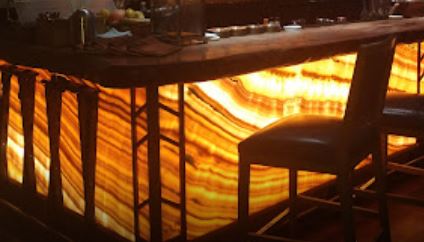
Because of onyx’s porosity, most people use it as a backsplash or as a decorative home bar surface instead of as countertops where it requires more care than other natural stones.
Backlit onyx surfaces look gorgeous and is mostly used for dramatic effect in outdoor applications or combined with wood countertops as a complementary surface.
Travertine
Travertine is a rock that is often generated by hot springs that dissolve the underlying limestone, which then solidifies back into stone and has many microscopic air spaces and pits. This gives the stone a distinct, rustic old world aspect that has been prized as a construction stone since the Roman era.
Because Travertine is a porous stone, it is more vulnerable to stains than a granite or marble outdoor kitchen countertop material, and it should be sealed.
Limestone
Limestone is a sedimentary stone created over time by the accumulation of calcium and organic materials. Clay, sand, organic debris, and even fossils can be found in many limestones, giving them a variety of colors and impurities. It is stain-prone and should not be used for countertops unless completely sealed.
Whereas limestone tiles are available in the usual 12×12″ and 24×24″ sizes, they can be cut to any size that would be appropriate for the layout on your outdoor kitchen counters. Limestone is less expensive than many other natural stone products.
Sandstone
Sandstone is a sedimentary rock generated by the accumulation of sand, clay, and other organic components. It comes in a wide range of earthtone hues with beautiful bands of color, some of which mimic woodgrains. Sandstone is a durable, textured stone that is wonderful for outdoor surfaces, but it is susceptible to abrasion from sand and other abrasives.
Sandstone is quite porous. It will absorb liquids and will water mark and stain. It is susceptible to deterioration when it comes in contact with oils, acids in food and drink and some cleaning products. It should be sealed professionally for countertop use.
Quartzite
Sandstone is a sedimentary rock generated by the accumulation of sand, clay, and other organic components. It comes in a wide range of earthtone hues with beautiful bands of color, some of which mimic woodgrains. Sandstone is a durable, textured stone that is wonderful for outdoor surfaces, but it is susceptible to scratching from sand and other abrasives.
Quartzite is a natural material, quartz is not. Quartz countertops are suitable for indoor uses but not for outdoor countertops. Quartz countertops are not as UV resistant as quartzite which makes it a better outdoor choice.
PORCELAIN VS CERAMIC TILE OPTIONS
Why is porcelain better than ceramic for outdoor countertops?
Outdoor surfaces, such as worktops, can be made of both porcelain and ceramic tiles. They’re both formed of clay shaped into thin sheets and fired in a kiln, and they’re both hard, moderately durable flooring materials.
The distinctions are due to variances in composition and production. Porcelain tiles are formed of a finer, more polished clay than ceramic tiles. Porcelain tile clay is pressed harder into its intended shape as it is created, resulting in denser, heavier tiles than ceramic tile clay. Porcelain tiles are also burnt at greater temperatures in the kiln, resulting in tiles that are tougher, stronger, and more scratch-resistant.
Ceramic tiles are less dense and more porous than porcelain tiles. They can be glazed for added luster and protection, or left unglazed for a more rustic, natural look. They’re less water and stain resistant than porcelain tiles because of their density, especially if they’re unglazed.
Porcelain tile is more expensive than ceramic tile due to its higher density and durability than ceramic tile.
Outdoor tile can mimic the look of solid surface countertops crafted by local fabricators without the expense if you have moderate DIY skills. You’ll get the look of highend kitchens without the price.

